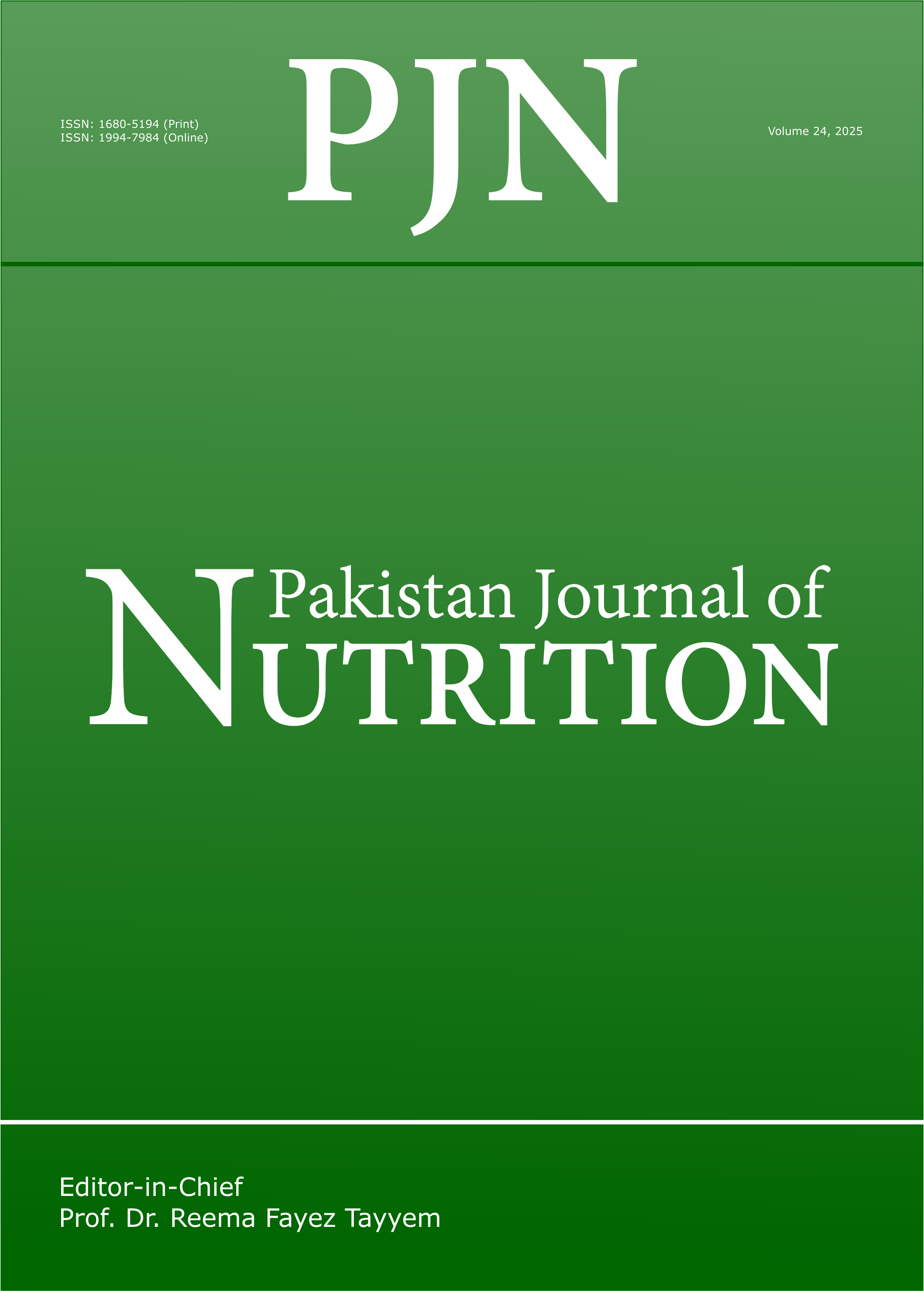Street-Vended Foods Improvement: Contamination Mechanisms and Application of Food Safety Objective Strategy : Critical Review
DOI:
https://doi.org/10.3923/pjn.2007.1.10Keywords:
Contaminants, food safety objective, improvement, safe street-vended foodAbstract
Data collected from street-vended food enterprises and on vendors in west African countries revealed that, they provide a variety of ready-to-eat foods to a high proportion of the populations. Nevertheless, their handling and trading practices are not permit to obtain safe food. While, street-vended foods are easily contaminated by food borne pathogen and others chemicals compounds. The street-vended foods contamination mechanisms were identified and improvement pathways were suggested. Indeed, Food Safety Objective (FSO) concept developed by FAO and WHO, can be used as ideal strategy for safe street food production. However, to reach this goal, the Critical Control Points (CCP), Microbiological and Risks Assessment (MRA), and hygienic status during street food production and sale were gathered. By assembling and analyzing the data, the safety assurance for safe street food obtaining was evaluated at every step of production chain. The data were juxtaposed to FSO concept frame work and applied along the street-vended food production chain. We applied Performance Objective (PO) and Control Measure (CM) respectively at operational levels, measure at relevant points of risk and points, that permit reduction of all contamination risks along the chain, to enhancing safe food obtaining. The FSO concept could help government to elaborate guidance for street foods production, vending and consumption, producers and vendors, training about HACCP pre-requisites and information for global view on safe street-vended food (SSF) production. This will be an important task for the primary health care system aiming at `health for all`.
Downloads
Published
Issue
Section
License
Copyright (c) 2007 Asian Network for Scientific Information

This work is licensed under a Creative Commons Attribution 4.0 International License.
This is an open access article distributed under the terms of the Creative Commons Attribution License, which permits unrestricted use, distribution and reproduction in any medium, provided the original author and source are credited.

